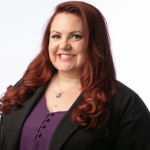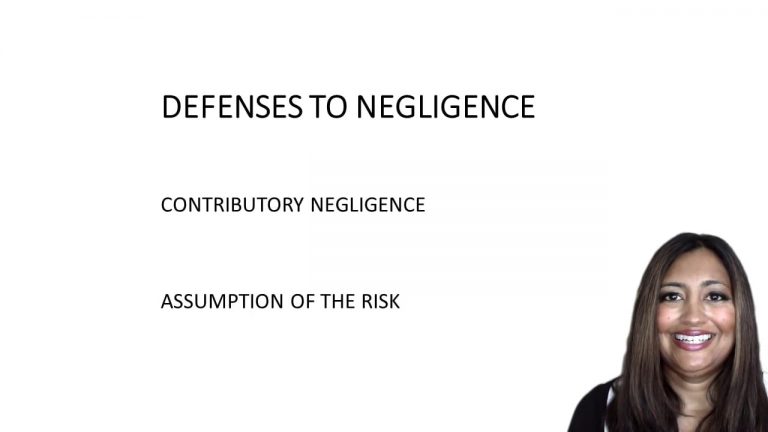SmartBrief
Confirm favorite deletion?
Torts Keyed to Henderson
Tedla v. Ellman
Citation:
19 N.E.2d 987 (1939)
ProfessorMelissa A. Hale
CaseCast™ – "What you need to know"
Facts
Plaintiff and her brother John, a deaf-mute, were walking along Sunrise Highway wheeling strollers full of junk when they were struck by a passing car operated by the defendant. The plaintiff was injured and John was killed. The plaintiff’s occupation was collecting and selling junk, which she often picked up at the incinerator in Islip. It was 6pm in December when the accident occurred, so it was already dark, but John had a light. There are no footpaths on the highway, so the plaintiff was walking on the road itself, which is not unlawful as long as the pedestrian is exercising reasonable care. That being said, there existed a statute that required pedestrians on roadways to walk on the lefthand side of the road facing traffic, which the plaintiff and her brother did not do—instead, they were walking with traffic on the righthand side of the road in violation of the statute.
Only StudyBuddy Pro offers the complete Case Brief Anatomy*
Access the most important case brief elements for optimal case understanding.
*Case Brief Anatomy includes: Brief Prologue, Complete Case Brief, Brief Epilogue
- The Brief Prologue provides necessary case brief introductory information and includes:
Topic:
Identifies the topic of law and where this case fits within your course outline.Parties:
Identifies the cast of characters involved in the case.Procedural Posture & History:
Shares the case history with how lower courts have ruled on the matter.Case Key Terms, Acts, Doctrines, etc.:
A case specific Legal Term Dictionary.Case Doctrines, Acts, Statutes, Amendments and Treatises:
Identifies and Defines Legal Authority used in this case.
- The Case Brief is the complete case summarized and authored in the traditional Law School I.R.A.C. format. The Pro case brief includes:
Brief Facts:
A Synopsis of the Facts of the case.Rule of Law:
Identifies the Legal Principle the Court used in deciding the case.Facts:
What are the factual circumstances that gave rise to the civil or criminal case? What is the relationship of the Parties that are involved in the case.Issue(s):
Lists the Questions of Law that are raised by the Facts of the case.Holding:
Shares the Court's answer to the legal questions raised in the issue.Concurring / Dissenting Opinions:
Includes valuable concurring or dissenting opinions and their key points.Reasoning and Analysis:
Identifies the chain of argument(s) which led the judges to rule as they did.
- The Brief Prologue closes the case brief with important forward-looking discussion and includes:
Policy:
Identifies the Policy if any that has been established by the case.Court Direction:
Shares where the Court went from here for this case.
Topic Resources
Topic Videos
 8m 28s
8m 28s 2m 18s
2m 18sTopic Outline
